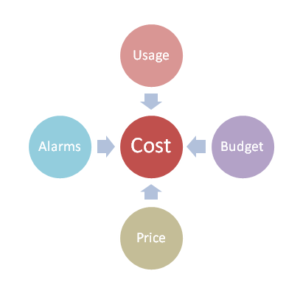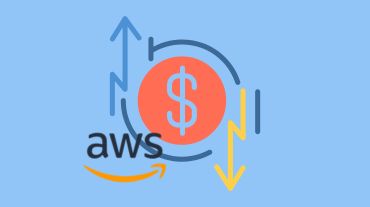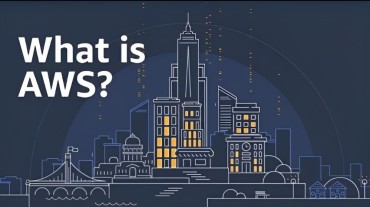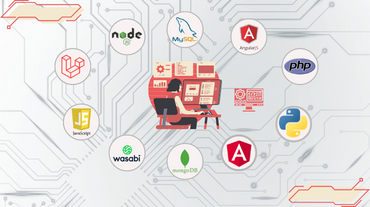Most of us in the Cloud Services are aware of the cartoon that shows two disheveled men sitting on a park bench, discussing their life journeys. One is asking “how did you end up in poverty? Drugs or Gambling?” to which the other replies “I left an EC2 instance on”. The underlying idea is very clear – we can use AWS resources as much as we want and we will pay for what we use. The keyword here, however, is “use” and how we use, matters. And in Cloud Technology terms, use is the same as uptime. So if an instance is on for a 24 hour day during which two users connected for a half hour each, we would understand the same in terms of CPUS usage of the virtual instance and say it is one hour. But for the cloud service provider it is a 24 period of VM instance being up on their server, so it would be considered 24 hours – fair and square.

It is a fact that AWS and for that matter all the cloud services are definitely cheaper than the on-premise resources but there still is a possibility for one to overspend on these resources when adequate care is not taken. Here are some basic due diligence users may like to do in this regard:
Understand the pricing structure: Explore and evaluate the different pricing options. For example, EC2 has at least three pricing options: On-Demand, Savings Plans and Spot Instances. On Demand is the highest rate and priority. Instances can be reserved for a period of 1 year or 3 years and are very cost effective as compared to On-Demand (savings in real terms differ from the type of usage and the instance type). Most cost effective is the Spot instance which comes at a fraction of the cost for On-Demand services but will give you 2 minutes to save your data and terminate your program in case of a higher priority demand. (Please refer to aws.amazon.com/ec2/pricing for further information.)
NaarSoft can guide you through this with their expert advice to save you pervious revenue. We shall look at the following in our upcoming articles.
1. Understand usage pattern
2. Configure Budgets
3. Put alarms/notifications in place




